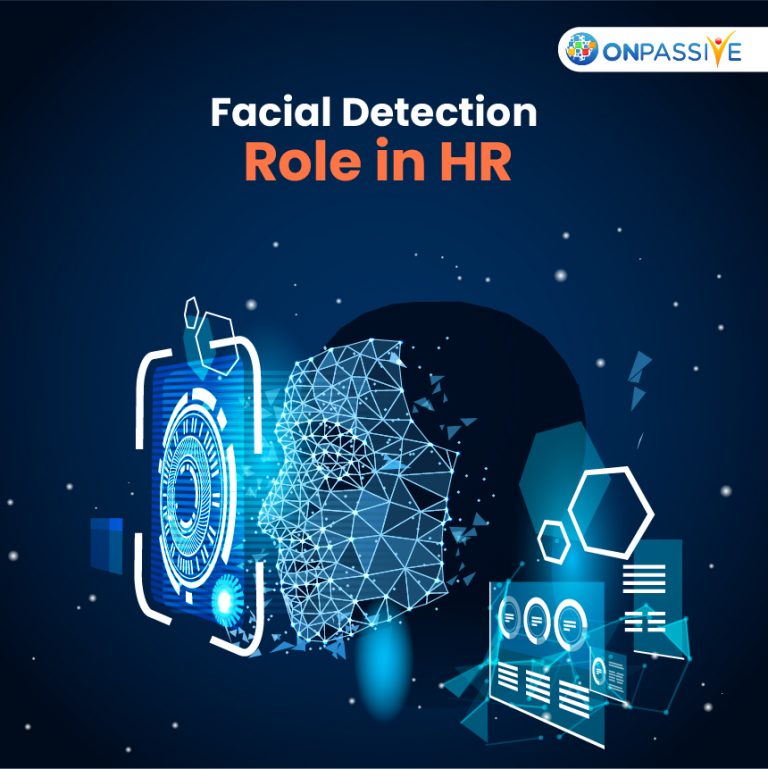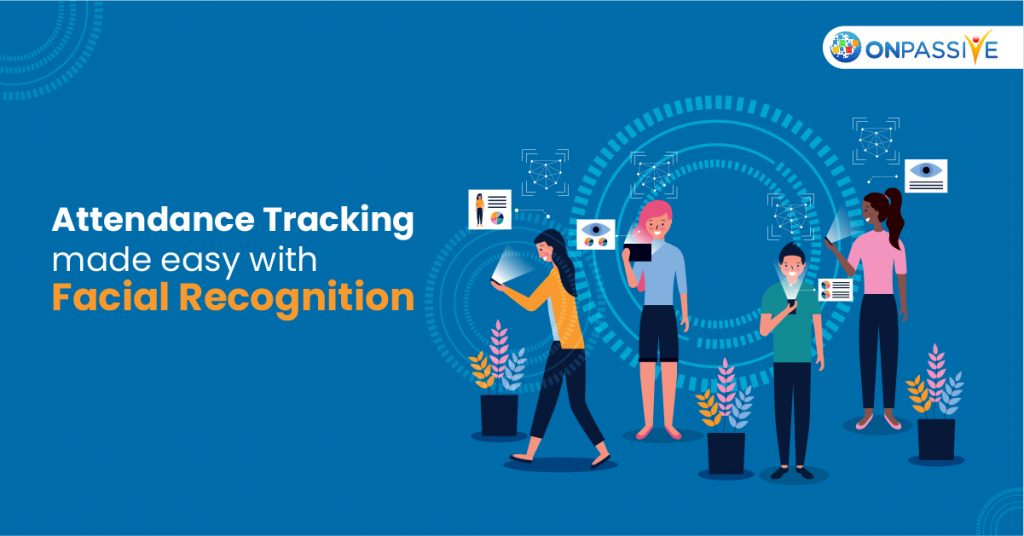
As technology advances, machines are becoming more and more sophisticated, the tools we utilize increasingly intricate, and the currently exceptionally debated and discussed “AI” is being brought into each aspect of our lives. Artificial Intelligence has a vast number of uses in the present society.
It is being utilized in aviation, training, computer science, finances, ecology, medical care, heavy industry, marketing, e-commerce business, customer service, and transportation. One could continue for quite a long time this way, only listing the industries in which AI is prominent.
Being so widely used to upgrade the professional existences of so many, it is no big surprise that Artificial Intelligence has infiltrated the pursuit of employment and recruitment markets. These days, there are bunches of services that offer their own-made AI-upgraded programs to assist with employment and recruitment-related tasks.
Should we adopt this advanced technology?
No organization ought to embrace innovation basically because it’s new and cool. It should fill a genuine business need. At this moment, Apple’s technology is restricted to their phones; however, different applications may not be a long way behind — either from Apple or other organizations. When considering receiving new technology at your association, pose the accompanying inquiries.
What benefits do we acquire from this?
- What are the expenses to this?
- Is it better than our present framework? Are those upgrades worth the actual expense?
- What will our employees think about the new technology?
Likewise, talk with legal counsel, as many states have or are thinking about laws that affect organizations’ assortment of biometric data.

IT and HR drawing closer together
Looking at highlights against an examined data set appears to be coherent and practically kind, despite expected misapplication by unique interests. Assessing a solitary individual’s personality, character, trustworthiness, and other intimate attributes is a unique situation. Another FRT arena is opening for IT application, as the IoT weavers and HR divisions adopt its utilization in business.
Indeed, even IT outsourcing has a developing HR capacity. The field is worthwhile, as well. It assessed the corporate application utilization of FRT to increment from a current worth of $4 billion to $7.7 billion by 2022, as indicated by Norton.
Two primary advantages of HR’s adoption of bot psyche assessments incorporate
Recruiters project their nets more extensive and confide in their technical capacity to spot great candidates from more extensive determination and selection. Candidates – particularly the individuals who relate preferred to machines than their fellows – may well enter an interview more confidently, as well. Realizing their incredible attributes will be spotted by an electronic eye can have a beneficial impact, as well.
On the other side, organizations also risk barely sifting and potentially assembling a skewed organizational ethos through reliance on facial recognition technology. Also, incredible candidates can have ‘off’ days or be apprehensive regardless of being a solid match; lamentably, they might depend on a gentle instance of some anxiety.
The unpleasant side of this type of FRT is predominant in deciding whether a job candidate will “gel” with an organization. As significant though this has been for employers, many feel a ghastly edge to being considered a “poor fit” because of a machine’s data analysis. Bombed interviews are consistently lousy. However, there’s something especially biting about being assessed–even to some extent–considering machine information.
The science behind deciding personality traits through facial recognition technology stays strong, supported by decades of research and development in AI and different fields. FRT’s findings hold and remain constant for HR in its present application.
Conclusion
Facial recognition technology has been changing the scene of security services since its inception. It is a minor intrusive technique for security, with the employees and visitors not going through complete rigorous cycles of time and attendance tracker.
Through using progressive workforce management solutions, associations can improve the general health of their workforces and defend them against potential wellbeing threats before they enter the worksite, giving peace of mind and getting organizations securely back up and running.


